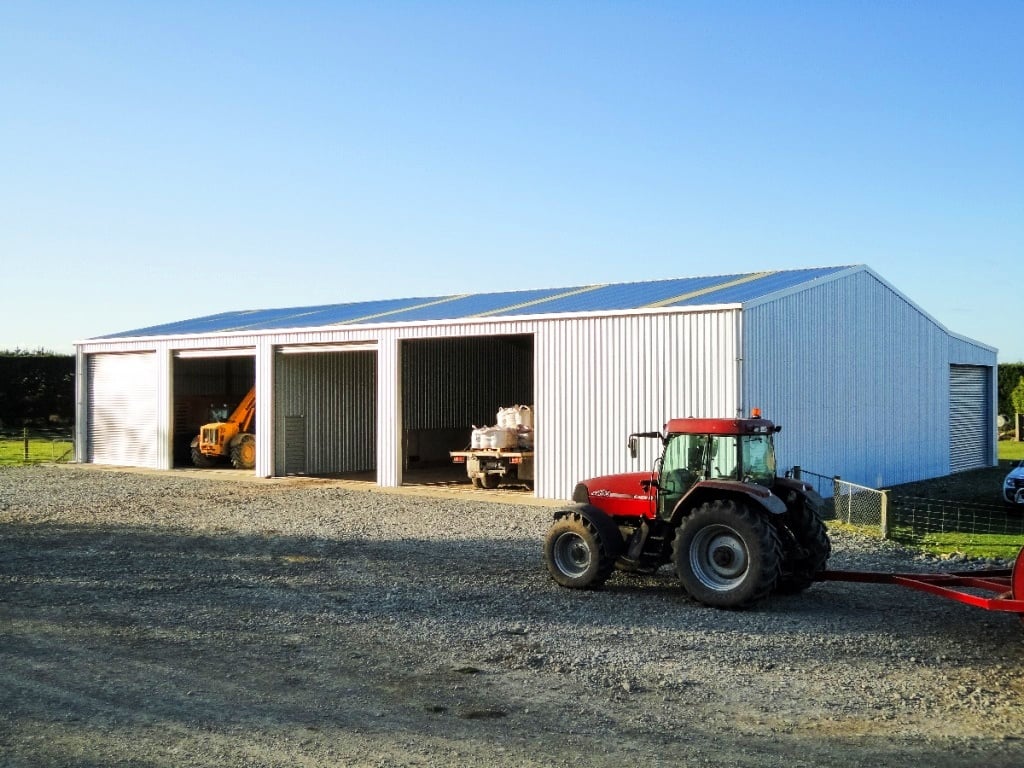1. What is your budget? We always find it handy if you have a budget to work towards when designing your shed as this gives our team a better understanding of your project. With your budget in mind ...
December 9th, 2016
2 min read



